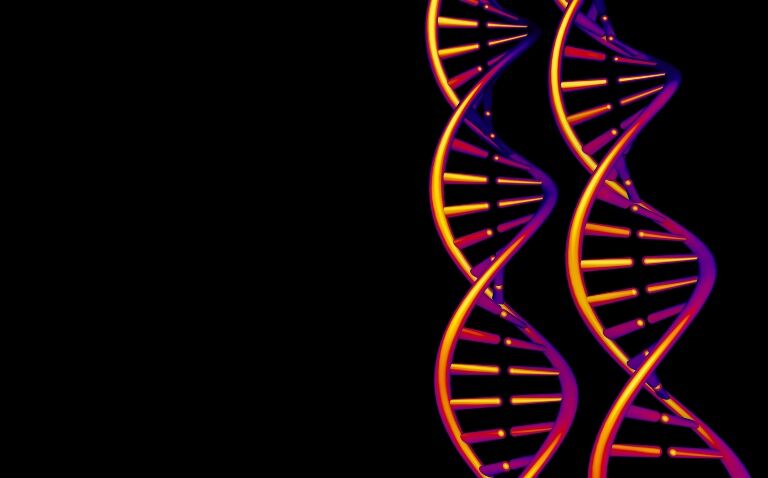Two distinct genetic loci that contribute to the risk of an individual developing the chronic skin condition hidradenitis suppurativa (HS) have been identified by researchers at the University of North Carolina (UNC).
In an effort to better understand the genetic factors responsible for HS, researchers undertook a genome-wide association study, which looks for associations between loci and particular chronic diseases. The study, which was published in JAMA Dermatology, sought to identify genetic variants associated with HS and to shed light on the underlying genes involved.
A total of 720 patients with HS were included, and researchers integrated the information they obtained from these individuals with controls from the National Longitudinal Study of Adolescent to Adult Health study. The results were further combined with biological and genetic samples from three other databases.
Genetic loci linked to HS
The study revealed genomic variants pointing to two specific genes: SOX9 and KLF5. The SOX9 gene is thought to be involved in both hair follicle and epidermal development, whereas KLF5 promotes the generation of keratinocytes
The researchers identified mutations at these loci, which were more likely to be found in people with HS than in people without the disease. In addition, variants at these loci were located in enhancer regulatory elements detected in skin tissue. The researchers suggested that these or other nearby genes may be associated with genetic risk of HS and the development of its unique clinical features which include cysts, comedones, and inflammatory tunnels.
Karen Mohkle, from the Department of Genetics at UNC and one of the study authors, said: ‘While more studies are needed to understand how DNA variants near SOX9 and KLF5 contribute to the pathophysiology of HS, both genes are potentially highly relevant and have not previously been linked to the condition.‘
Previous research suggests as many as one person in every 100 has HS, which equates to around 3.5 million people in United States. It has also been shown that black women under the age of 40 have the highest risk of developing HS and are three times more likely to have the condition than white people.
Earlier this year, bimekizumab was found to be an effective treatment for patients with hidradenitis suppurativa, according to the findings of a phase 3 trial.










